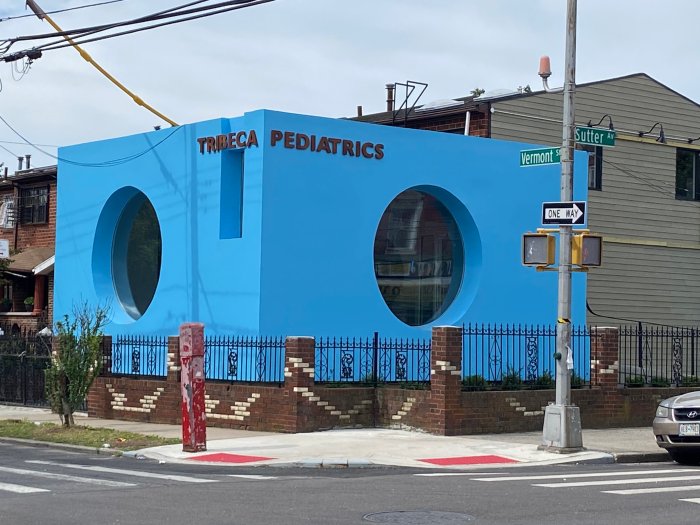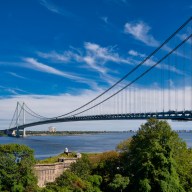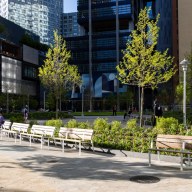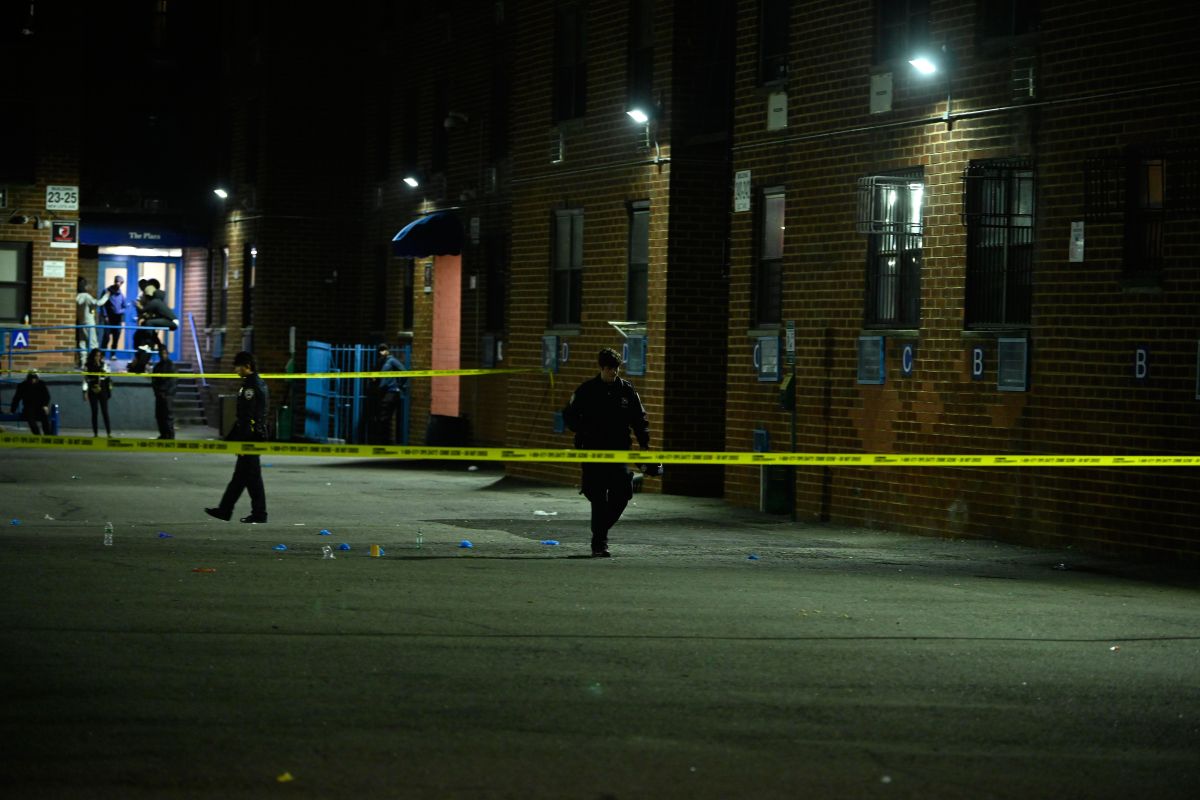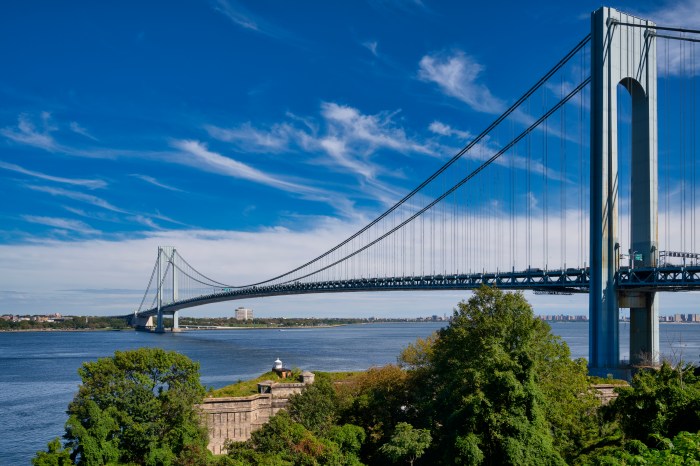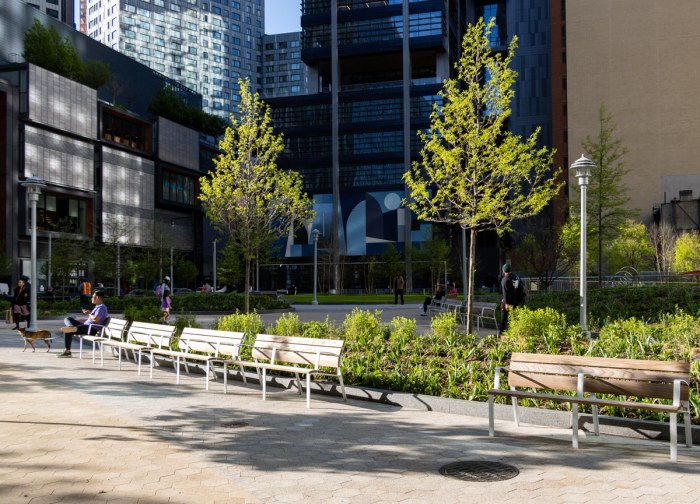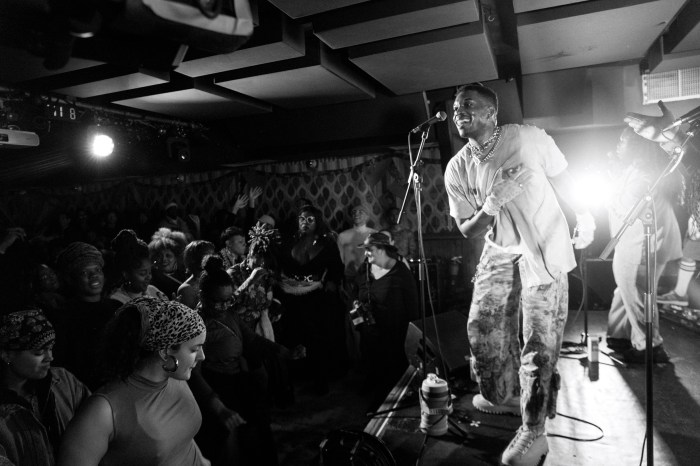A port operator has reaffirmed its commitment to a green-friendly initiative along Red Hook’s waterfront — even as its landlord is not moving full steam ahead.
American Stevedoring International said last Monday that it will proceed with a plan that will enable docked cargo ships to cut their on-board motors and plug into the mainland power grid — a process known as cold ironing.
Cargo ships will typically idle for as much as six hours while their goods are unloaded on the Columbia Street waterfront — and that befouls the neighborhood air.
“The emissions go everywhere,” said Pioneer Street resident Adam Armstrong, adding that those emissions have been labeled as likely carcinogens by the Environmental Protection Agency. Employing cold ironing all along the waterfront, he said, “would have tremendous health benefits.”
But Steve Coleman, a spokesperson for the Port Authority, which owns the still-working piers between Atlantic Avenue and Red Hook, said it is now only exploring installing infrastructure that will allow cold ironing at Pier 12 — the passenger cruise ship terminal.
“We are only talking about passenger ships at this point,” he said.
The part measure stems from the higher numbers of incoming cargo vessels than cruise ships, Coleman said. As a result, there are more “difficulties” with the cargo vessels, including finding ways to get new equipment on many different ships.
The cruise ship terminal has one anchor tenant, Carnival Cruise Lines, which operates only from April to October.
But the Port Authority’s rationale might not hold water.
Outfitting other piers would be considerably cheaper than outfitting the cruise ship terminal, said a person familiar with the procedure, but whose name is being withheld because he is not authorized to speak publicly on the matter.
A cruise ship, after all, is a floating, 4,000-room hotel, requiring considerably more energy, and pricier equipment, than a cargo vessel, which is more like a two-room apartment, in terms of energy consumption.
That means piers servicing cargo vessels won’t need millions of dollars worth of retrofitting, but instead will require the relatively less complex construction of a shore powering station as well as the resolution of any issues that might arise when energy is transferred between the station and the vessels. Agreements with the cargo companies will also be required.
“Given the simpler power needs of cargo vessels, we believe cold ironing will be accomplished without the need for the type or scale of modifications for cruise ship berth,” said American Stevedoring spokesman Matt Yates.
Even if the Port Authority isn’t ready to move ahead on Yates’s company’s piers, Community Board 6 definitely backs the effort, unanimously approving the installation of “appropriate infrastructure” at Piers 8-10 last week.
“We are really in favor of expanding” cold ironing, said board member David Reiss.




